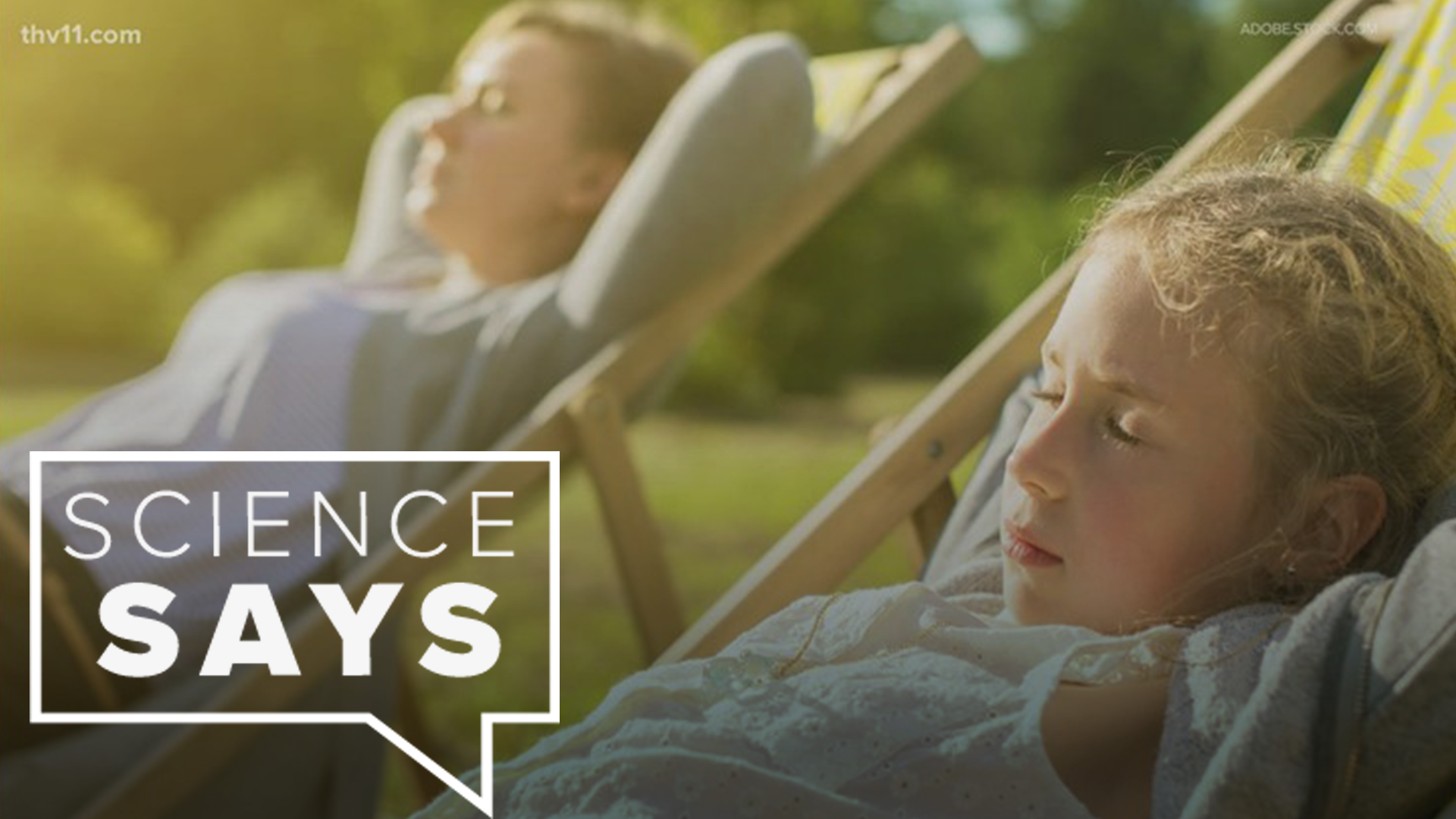LITTLE ROCK, Ark. — As we enter the height Summer, you’ll need to protect yourself from the intense sun and its ultraviolet rays.
Ultraviolet radiation are invisible rays that are naturally emitted by the sun, or artificially via tanning and other manmade sources.
UV rays are classified under three primary types: UVA, UVB and UVC, each with different impacts.
- UVA rays are associated with skin damage and may cause skin cancer, wrinkles and eye conditions.
- UVB rays are stronger and tend to cause most skin cancers.
- UVC rays are mainly absorbed by the earth’s ozone layer along with some UVB, so most of the UV radiation that impacts us tends to be UVA. It’s the UV radiation and not sunlight that causes the damage.
Summer isn’t the only time of year you should be protecting yourself against it.
We are exposed all year round in any climate, or weather, even on cold, cloudy winter days. Eighty to 90 percent of UV rays can still penetrate through the clouds. Ozone levels, cloud cover, and elevation are just a few variables used to help calculate the UV index.
Standing in shaded areas will not block some of the radiation out. It can still reflect off surfaces like water, snow, concrete and onto you. Exposure is the highest between 10 a.m. and 4 p.m. when the sun’s rays are the strongest.
A big misconception is that having dark skin protects you from getting skin cancer. That is false. The darker the skin the more melanin you may have, which helps protect twice as much against sunburns and UV radiation, but that doesn’t mean it’ll reduce your chances for cancer.
It’s important to start protecting yourself against it at a young age. More than half of our lifetime exposure happens before adulthood.

